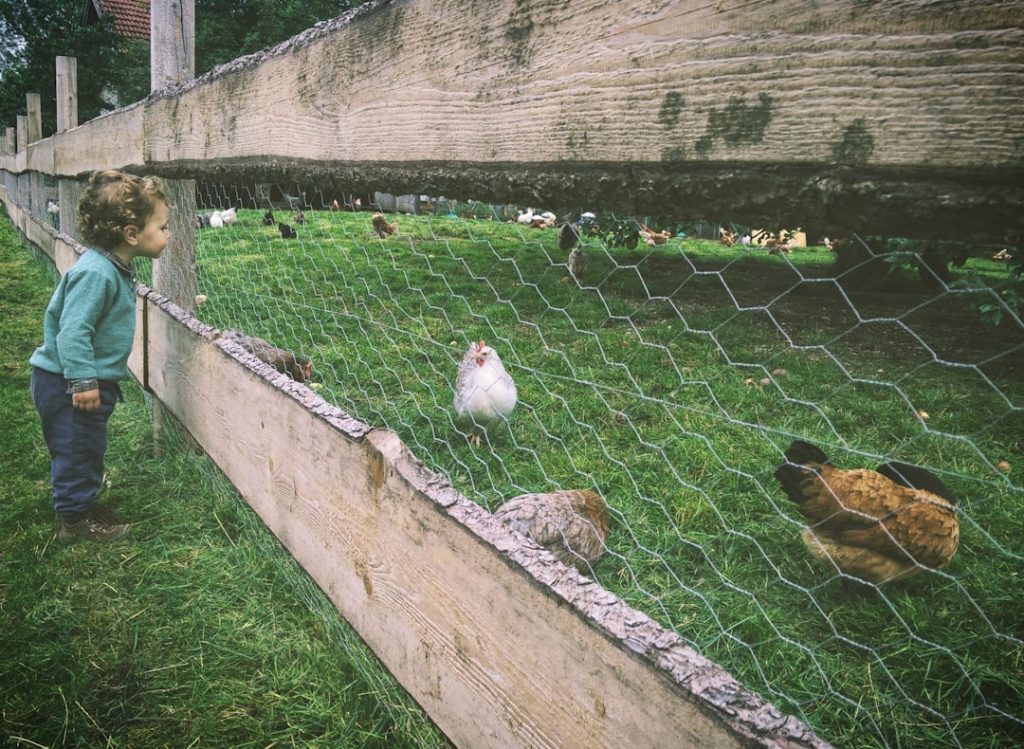Boundary disputes between neighbors are a common occurrence in residential areas. These conflicts typically arise due to ambiguous property lines, encroachment issues, or disagreements regarding shared spaces. Such disputes can significantly impact the quality of life for those involved and may lead to deteriorating relationships between neighbors if not addressed promptly and effectively.
The causes of boundary disputes are diverse and can include misinterpretation of property deeds, historical changes in land use, or simply a lack of clear demarcation between properties. In some cases, the installation of fences, landscaping features, or structures near property lines can trigger disagreements. Additionally, disputes may arise over the use of shared driveways, walkways, or other common areas.
When left unresolved, boundary disputes can escalate quickly, potentially resulting in legal action. This can be a costly and time-consuming process that often exacerbates tensions between neighbors. To avoid such outcomes, it is crucial to approach these issues with open communication and a willingness to find mutually beneficial solutions.
Effective resolution of boundary disputes often requires a combination of factual information and diplomatic negotiation. Obtaining accurate surveys, reviewing property deeds, and consulting local zoning regulations can provide a solid foundation for discussions. Mediation services or legal counsel may also be beneficial in facilitating constructive dialogue and reaching agreeable solutions.
Ultimately, maintaining positive relationships with neighbors while resolving boundary issues is essential for fostering a harmonious living environment. By addressing these disputes promptly and professionally, residents can preserve the benefits of close-knit communities while respecting individual property rights.
Table of Contents
- 1 Establishing Boundaries
- 2 Using Deterrents
- 3 Communicating with the Neighbor
- 4 Seeking Legal Recourse
- 5 Creating a Barrier
- 6 Seeking Mediation
- 7 FAQs
- 7.1 What are some effective ways to keep my neighbor’s chickens off my property?
- 7.2 What type of fence is best for keeping chickens out?
- 7.3 What are some natural repellents that can deter chickens from entering my property?
- 7.4 Is it legal to take action to keep my neighbor’s chickens off my property?
- 7.5 How should I approach my neighbor about their chickens on my property?
Key Takeaways
- Understanding the issue is crucial in addressing neighbor disputes effectively.
- Establishing clear boundaries can help prevent conflicts from arising in the first place.
- Using deterrents such as security cameras or alarms can discourage unwanted behavior from neighbors.
- Communicating openly and respectfully with the neighbor can often lead to a resolution.
- Seeking legal recourse should be a last resort after all other options have been exhausted.
- Creating a physical barrier, such as a fence, can provide a clear separation between properties.
- Seeking mediation from a neutral third party can help facilitate a peaceful resolution to the dispute.
Establishing Boundaries
Defining Physical Boundaries
One of the first steps in addressing a boundary dispute with a neighbor is to establish clear physical boundaries. This may involve hiring a professional surveyor to accurately determine property lines and mark them clearly. By having a clear understanding of where the boundaries lie, both parties can avoid unintentional encroachment and disputes over land use.
Setting Emotional and Communication Boundaries
In addition to physical boundaries, it’s also important to establish emotional and communication boundaries. This means setting clear expectations for how to communicate and interact with each other regarding the dispute.
Approaching the Situation with Respect
It’s important to approach the situation with respect and open-mindedness, and to avoid escalating tensions through hostile or confrontational behavior. By doing so, you can create a more constructive and respectful dialogue with your neighbor, ultimately helping to resolve the boundary dispute.
Using Deterrents

In some cases, using deterrents can be an effective way to prevent boundary disputes from escalating further. This may involve installing physical barriers such as fences or hedges to clearly demarcate property lines and prevent encroachment. Additionally, posting signs or markers can help to remind both parties of the boundaries and discourage any further disputes.
Using deterrents can also involve legal measures such as sending a formal letter outlining the boundaries and requesting that the neighbor respect them. In some cases, involving local authorities or legal counsel may be necessary to enforce boundaries and prevent further disputes.
Communicating with the Neighbor
Effective communication is key in resolving boundary disputes with neighbors. It’s important to approach the conversation with empathy and understanding, and to listen to the concerns of the other party. By openly discussing the issue and finding common ground, it becomes easier to find a mutually satisfactory resolution.
When communicating with the neighbor, it’s important to remain calm and respectful, even if tensions are high. Avoiding accusatory language and instead focusing on finding a solution can help to de-escalate the situation and prevent further conflict. It may also be helpful to involve a neutral third party, such as a mediator or community leader, to facilitate the conversation and ensure that both parties feel heard and understood.
Seeking Legal Recourse
If all attempts at resolving the boundary dispute amicably have failed, seeking legal recourse may be necessary. This may involve hiring a lawyer to help navigate the legal process and enforce property rights. Legal recourse can also involve filing a lawsuit or seeking a court order to resolve the dispute.
Before pursuing legal action, it’s important to carefully consider the potential consequences and costs involved. Legal proceedings can be time-consuming and expensive, and may further strain relationships with neighbors. However, in some cases, legal recourse may be the only option for resolving a boundary dispute and protecting property rights.
Creating a Barrier

Defining Property Lines
This may involve installing a fence, hedge, or other structure to clearly demarcate property lines and prevent encroachment. By creating a physical barrier, both parties can have a clear understanding of where the boundaries lie and avoid unintentional disputes over land use.
Compliance with Local Regulations
When creating a barrier, it’s important to consider local regulations and zoning laws that may govern the installation of fences or other structures.
Respectful Communication
It’s also important to communicate with the neighbor about the intention to create a barrier, and to ensure that it is done in a way that is respectful and considerate of their concerns.
Seeking Mediation
In some cases, seeking mediation can be an effective way to resolve boundary disputes with neighbors. Mediation involves bringing in a neutral third party to facilitate a conversation between both parties and help them find a mutually satisfactory resolution. Mediation can be particularly helpful when communication has broken down and tensions are high.
During mediation, both parties have the opportunity to express their concerns and perspectives in a safe and structured environment. The mediator can help guide the conversation towards finding common ground and reaching a resolution that is fair for both parties. By seeking mediation, neighbors can avoid the need for costly legal proceedings and preserve their relationship moving forward.
In conclusion, boundary disputes with neighbors can be complex and emotionally charged issues that require careful consideration and communication. By understanding the issue from both sides, establishing clear boundaries, using deterrents when necessary, communicating effectively, seeking legal recourse if needed, creating physical barriers, and seeking mediation when communication has broken down, it becomes possible to find a resolution that is fair and satisfactory for all parties involved. It’s important to approach boundary disputes with empathy and understanding, and to prioritize finding a solution that preserves relationships and property rights.
If you’re dealing with pesky chickens from your neighbor’s property, you may also want to consider how to keep geese at bay. Poultry Wizard has a helpful article on whether geese can eat chicken feed, which may provide some insight into how to manage the presence of geese on your property. Check it out here.
FAQs
What are some effective ways to keep my neighbor’s chickens off my property?
Some effective ways to keep your neighbor’s chickens off your property include installing a fence, using repellents, and talking to your neighbor about the issue.
What type of fence is best for keeping chickens out?
A sturdy fence with small gaps or mesh wire is best for keeping chickens out. Make sure the fence is at least 6 feet tall to prevent the chickens from flying over it.
What are some natural repellents that can deter chickens from entering my property?
Natural repellents such as citrus peels, garlic, and vinegar can be effective in deterring chickens from entering your property. These scents are unpleasant to chickens and can help keep them away.
Is it legal to take action to keep my neighbor’s chickens off my property?
It is important to check local laws and regulations before taking any action to keep your neighbor’s chickens off your property. In some areas, there may be specific rules regarding property boundaries and animal control.
How should I approach my neighbor about their chickens on my property?
Approach your neighbor in a respectful and friendly manner to discuss the issue of their chickens on your property. Clearly communicate your concerns and work together to find a solution that is agreeable to both parties.
Meet Walter, the feathered-friend fanatic of Florida! Nestled in the sunshine state, Walter struts through life with his feathered companions, clucking his way to happiness. With a coop that’s fancier than a five-star hotel, he’s the Don Juan of the chicken world. When he’s not teaching his hens to do the cha-cha, you’ll find him in a heated debate with his prized rooster, Sir Clucks-a-Lot. Walter’s poultry passion is no yolk; he’s the sunny-side-up guy you never knew you needed in your flock of friends!







